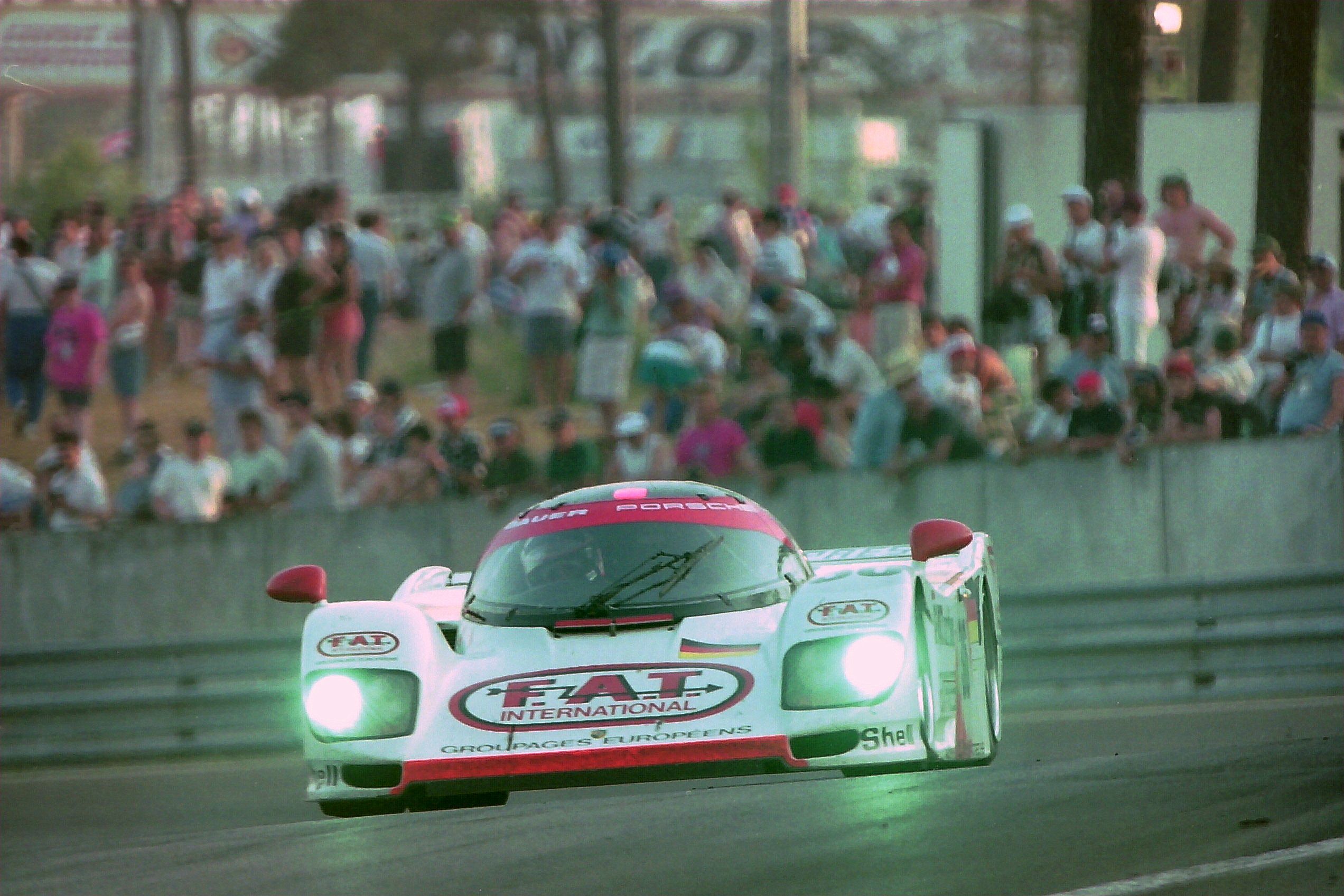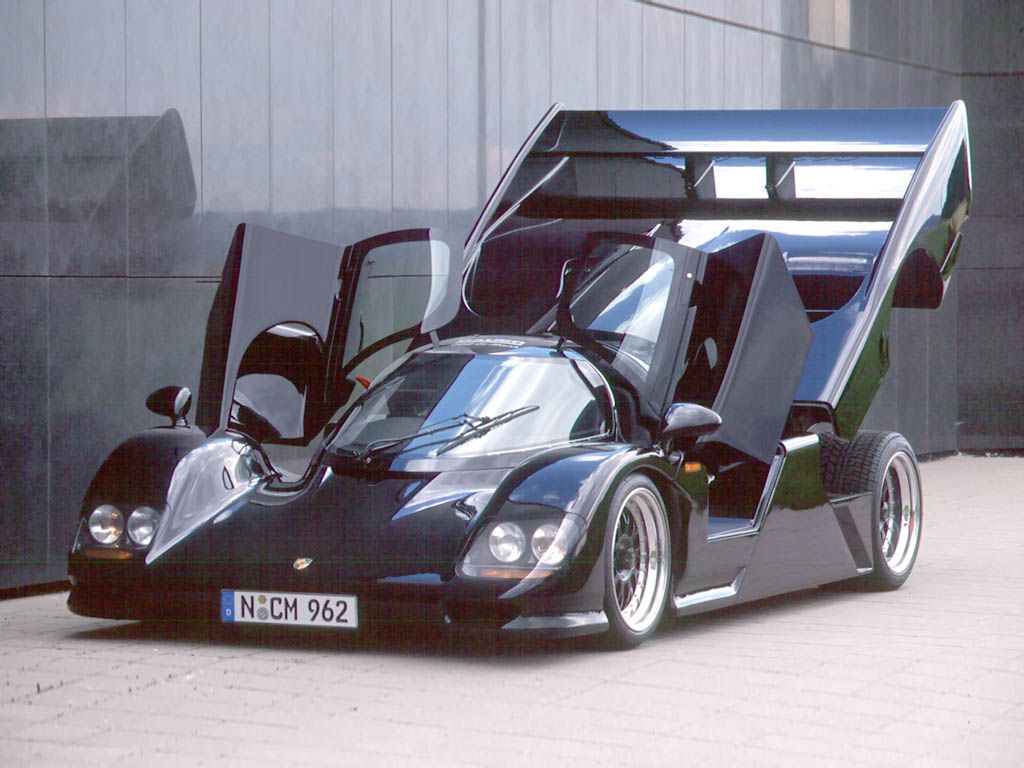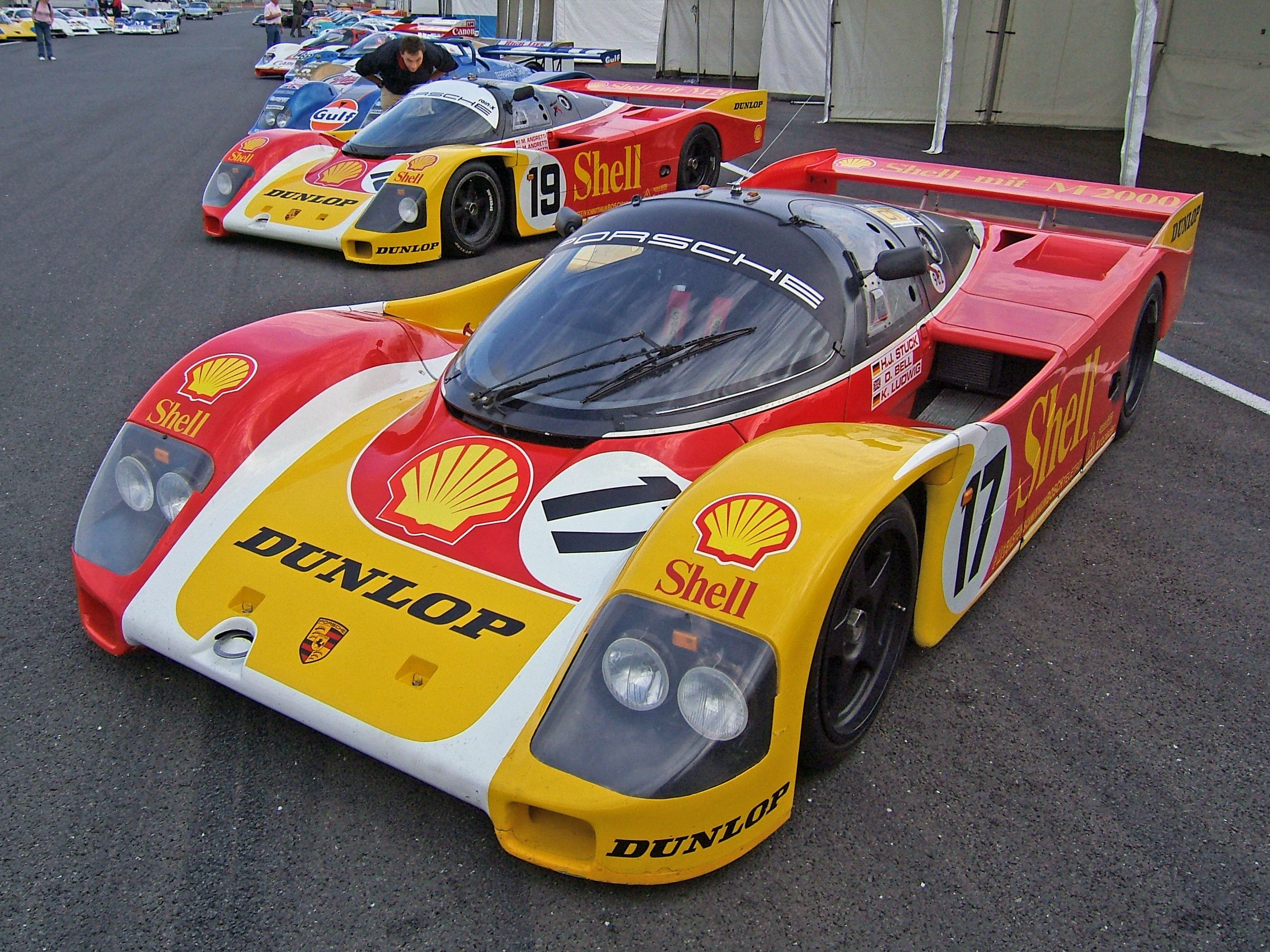Le Mans GT1 race cars carry great pedigree; the McLaren F1, Mercedes-Benz CLK GTR, and Porsche 911 GT1 all made quite a stir in the '90s, acting as cultural and spiritual successors to the Ford GT40. However, one car that failed to make such an impression before becoming lost to the sands of time is the Dauer 962 Le Mans.
Based on the Porsche 962, the successor to the iconic Porsche 956, its place as an automotive hero was set before it began production. Featuring a 3-liter twin-turbo Porsche flat-six engine, 5-speed manual transmission with a rear-mid engined, and a rear-wheel driven layout, some would say it is was the perfect vehicle. This was perhaps proven by its 1994 Le Mans victory and stint as the fastest street-legal production car before the release of the Bugatti Veyron.
In 1992 as regulations changed, Porsche's 962 track car was becoming less competitive in Group C. The Dauer 962 was the answer to this. With only minor modifications, the 962 was able to compete in the GT class at Le Mans.
Now let's look back at this incredible ride and what made it so special.
Introduction To The Dauer 962 Le Mans
Joest Racing, under entry from Dauer, took the car to first and third at the 1994 Le Mans 24 hours race, proving the then 13-year-old design could still fight off cars such as the Bugatti EB110 and McLaren F1. These achievements alone are impressive, but what is even more impressive is the steps that Porsche engineers took to make sure the car was ready for the track under the Dauer name.
At the time, the rule book stated that only one street-legal car had to exist; the old Porsche 962 group C car was converted to be street legal. This ride is currently owned by a private collector in Switzerland. As there was a street-legal version of the car, the engineers could therefore make a GT1 class race car with it. This had been achieved by Dauer, who had previously purchased five 962 track cars to convert into road-legal vehicles. These cars debuted at the Frankfurt Motorshow in 1993 before their entry at Le Mans in 1994.
Track Performance And History
After the car's unveiling, regulations came in that declared GT1 cars must have flat bottoms. This banned ground effects that provided an aerodynamic benefit and, in turn, removed modified 962 vehicles from entry. However, the Dauer engineers created a revised version that fit within these restrictions.
On the track, the Dauer 962 wasn't leading in practice, being heavier and behind the technological curve in the class, but with a larger tank, the car had to refill two or three laps less frequently. The car lasted in endurance racing, coming from behind as the underdog. The race didn't go entirely to plan, however. After punctures, the team lost the lead to Toyota, who in the final hours fell behind due to welding errors. This allowed the Dauer 962 LM to take the chequered flag.
The Dauer 962 has a great history, an underdog story, and a victory to back up its credentials, but it is lost within the history of other Le Mans racers. With that said, there are a plethora of reasons to love it and pay attention to this ride. Firstly, the car is an engineering marvel, demonstrating Porshce's tenacity to continue to place highly in motorsport. Bending the rules to get an inappropriate car into the event is impressive enough, but when it is in the GT1 class, it becomes even more impressive.
Secondly, because it has the now tainted name Dauer attached to it does not mean it should be forgotten. Jochen Dauer experienced scandal, but the company was not involved. The Le Mans race car was run by Porsche's factory racing time, Joest Racing; effectively, the car is a Porsche entry.
Final Thoughts On The Dauer 962 Le Mans
The '90s GT1 class created what can be seen as the first holy trinity of hypercars, namely the McLaren F1, Porsche 911 GT1, and Mercedes-Benz CLK GTR, each being racing variations of legendary road cars. To stand out among such a crowd was nearly impossible, especially when attached to a marque like Dauer that didn't carry as much weight.
Notably, of the thirteen cars made, it is believed that the Sultan of Brunei owns six. As the owner of one of the largest and most infamous car collections on the planet, the Sultan has an eye for quality, and for him to own six shows the quality of the Dauer 962 LM. It is safe to say that his Dauer 962s are parked alongside its contemporaries, as found in the EB110, Jaguar XJ220, and McLaren F1.
In 1995 the FIA introduced new rules to banish the 962 and its variations from further competition, a tragic but understandable decision due to the chassis's dominance throughout its racing career. The painful result of this is that the 962's true potential was never demonstrated; with modification, the model may have remained competitive for another few seasons and even prevented the reign of the McLaren F1 GTR.



